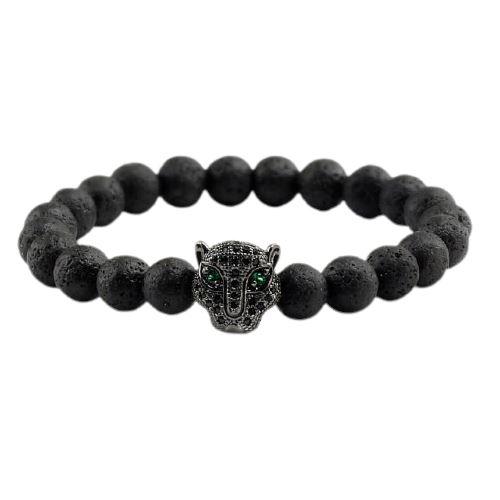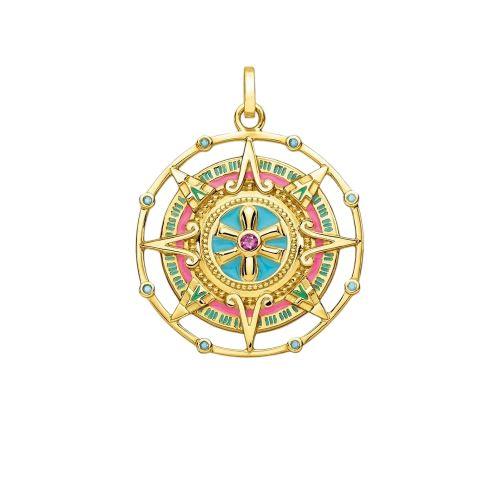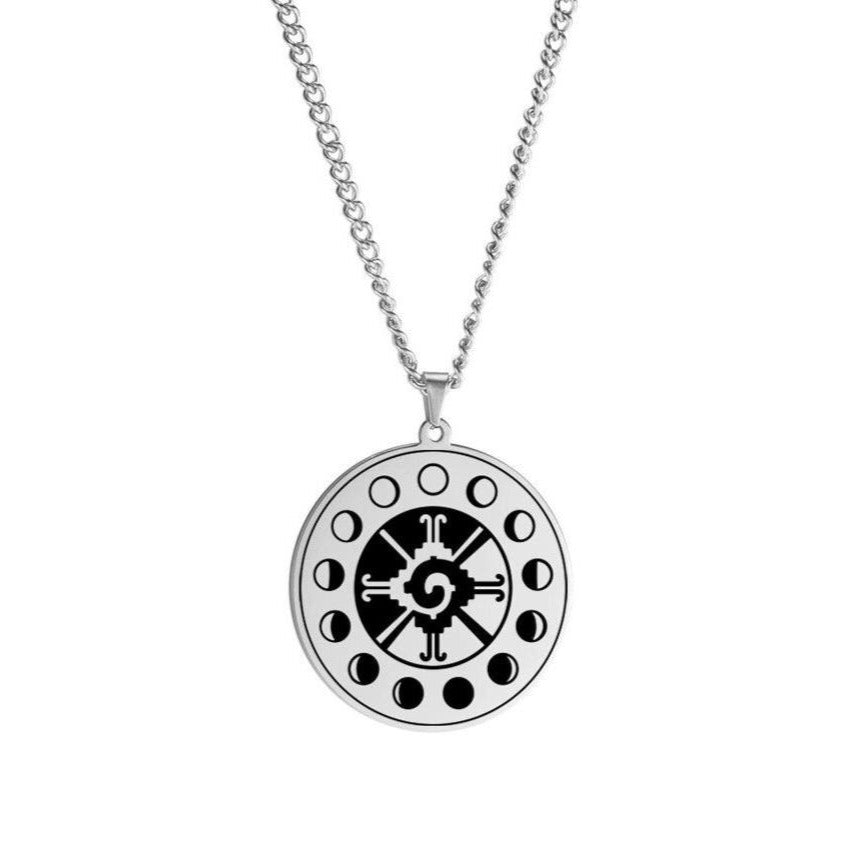Inca Symbols: Understanding An Ancient Civilization
Inca symbols are simply the symbols formerly used by the Inca civilization, also called incaica, or Quechua.
However, this does not tell us much about their power, a very real power which explains how they were able to survive the ages.
The Inca Empire was the largest of the pre-Columbian civilizations and probably the one that reached the highest level of development before the arrival of Christopher Columbus and the Europeans.
This civilization has left an enormous legacy to humanity, and many of its teachings are hidden in its symbols.
Contents :

The three Inca worlds
The Incan worldview divided reality into three distinct planes or worlds. These three planes were the upper or celestial world, the present world and the lower world or the world of the dead.
More precisely :
- The world above was called Hanan Pasha. This is the world above us, where the gods, including the Sun and Moon, live.
- The current world is the world we live in, with animals and plants. He is known as Kay Pasha. It is in this world that the struggle between the world above and the world below manifests itself.
- The world below is a world beneath the surface of the earth, known as Ukhu Pasha. This is where the dead live, as well as some of the gods of Inca mythology such as Mama Cocha, goddess of water, and Pachacámac, god of earthquakes.
The Incas considered that certain elements could serve as a link between these different planes. For example, springs and caves were considered paths between Ukhu Pasha and Kay Pasha. On the other hand, they believed that lightning and rainbows were paths to Hanan Pasha.
Sometimes they were also used as magical accessories. This amulet with strange patterns, for example, comes directly from this tradition of pre-Columbian artifacts...

The secrets of the Mayans
lucky charms of pre-Columbian America
And the three animals
The Inca trilogy is a concept which also refers to three animals that the Incas considered the most sacred, the most important in their cosmovision.
These three planes were represented by three animals which together constituted the Inca trilogy:
- Condor: The world above was represented by a condor. The condor was considered a sacred bird, a symbol of independence and freedom. Inca beliefs said that the condor was the messenger of the gods and that he communicated the present world with the world above.
- Puma: The current world was represented by a puma, symbol of strength, intelligence and wisdom.
- Snake: Finally, the world below was represented by a snake. For the Incas, the serpent symbolized infinity.

Mascaipacha
The Mascaipacha was the royal crown of the emperor of the Inca Empire, called Sapa Inca. This crown was the only and most important symbol of power of the Inca Sapa. It is the symbol that made him king of the city of Cusco and emperor of Tahuantinsuyo ( Inca Empire).
Mascaipacha was made by combining several layers of braids of different colors. From these braids hung another finer one, made of red wool and ending in tassels decorated with gold. The crown also included two or three feathers of the bird called the Andean caracara, which the Inca considered sacred.
The royal crown was presented to the Inca Sapa by the priest of the empire, called Willaq Uma.
The Inca emperor usually wore the Mascaipacha on his head and only removed it on special occasions such as ceremonies or military rites.

Chakana (Inca cross)
Also called Chakana in Quechua, the Inca cross represents Pachamama or Mother Earth. The Chakana is a three-branched cross, whose meaning is similar to that of the tree of life and the world tree in other mythologies. In ancient times, an Inca shaman traveled through the central axis, in a trance, to the lower plane (or underworld) and to the higher levels, inhabited by the higher gods, to discover the reasons for misfortunes on the earth plane.
It was also believed that when a person died, the soul would go to the underworld and the great cougar would go down to the underworld to pick it up. The condor would then take him to the upper world of the gods. It would seem that the Inca cross could be an allegory of this sacred phenomenon.

Topayauri
The Topayauri was an Inca staff which symbolized power. This staff, generally made of gold, ended on one of its sides with a sharp blade similar to an axe. Some Inca myths associated this staff with the god Viracocha.
Along with the Mascaipacha crown, the Topayauri was a symbol of the power of the Inca Sapa.

Corequenque
“Corequenque” was the name by which the Andean caracara, a bird of the Andes, was known. The Inca considered it a sacred bird and a messenger of the god Viracocha. Its black and white feathers were often used to create clothing for the powerful of the empire. Among these clothes was the Mascaipacha, the crown of the Inca Sapa that we mentioned earlier.

The secrets of the Mayans
lucky charms of pre-Columbian America
Quipu
The quipu was one of the instruments created by the Incan priests to store information. In particular, they used it as an instrument to record information about numbers, accounts and debts.
This Inca symbol was made up of a set of ropes. One of them was the main rope from which other ropes of different sizes and colors hung. Thanks to nodes distributed along these secondary ropes, it was possible to record numbers, but also other more complex information such as dates and geographic coordinates.
This system explains the origin of the word quipu, which in the Quechua language means knot or ligature.

Conclusion
Everything in Inca symbolism has a meaning, a purpose, an objective, a spiritual meaning. The Inca symbols can be used actively to meditate or to strengthen the weak parts of the human being.
The Inca Empire was located in the lands of present-day Argentina, Bolivia, Chile, Colombia, Ecuador and Peru. The empire did not survive the Spanish conquest led by Francisco Pizarro from 1530. The last Inca resistance fell in 1572.
Yet their mythology and legends have endured… through their sacred symbols.
The Inca developed a relatively advanced system of mathematics. They also had a set of beliefs that gave rise to a unique spirituality.
Some of the concepts related to the worldview of the Inca civilization were represented by symbols. The most prominent symbols presented above are mainly linked to the worldview of the Incas and the deities they worshiped.
It is important to note that most records of this civilization were burned during the Spanish conquest. For this reason, current interpretation of Inca mythology and symbols is based on what little art has survived, notably ceramics and architecture, as well as legends and traditions that the Quechua and others natives of the Andes still tell their stories today.
Lucky charm featured in this article

Mesoamerican Jaguar Bracelet
See more
Mayan Magic Amulet
See more
Mayan Amulet of Hunab Ku
See more
